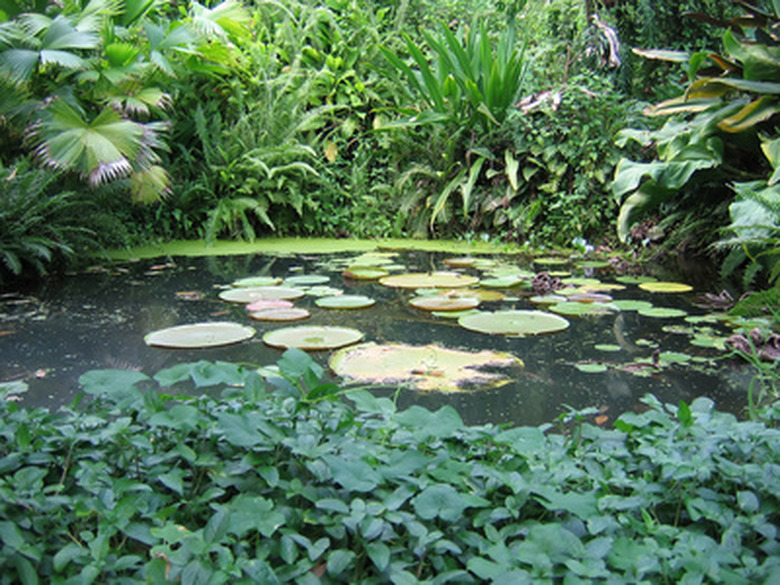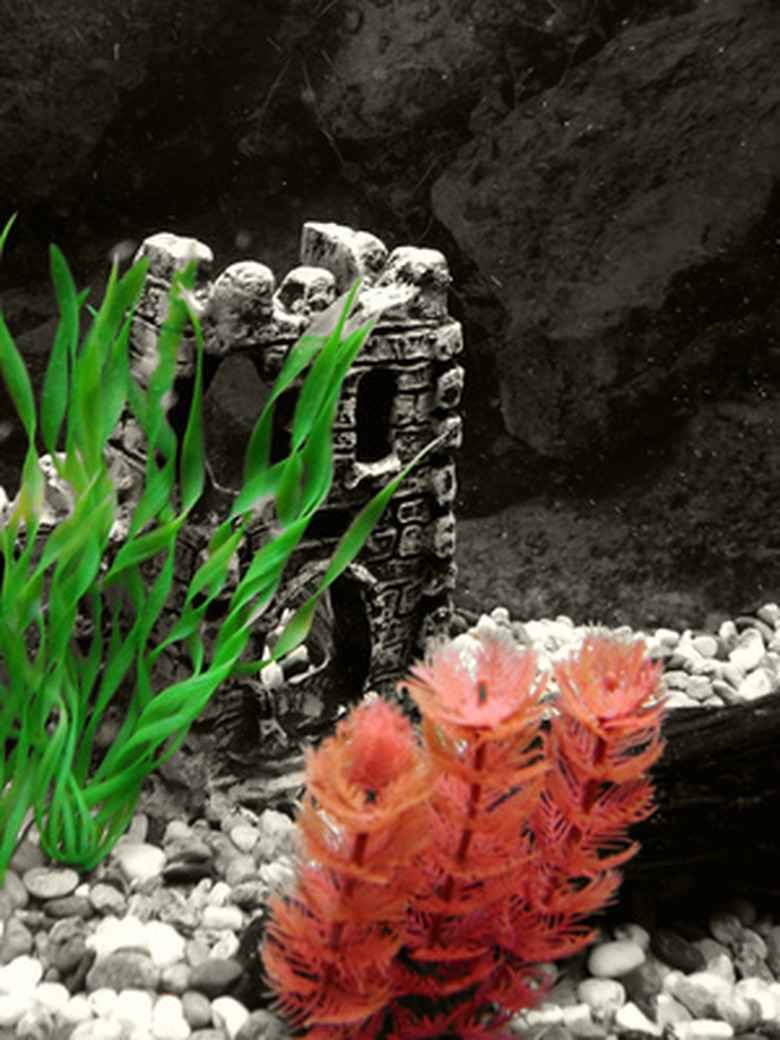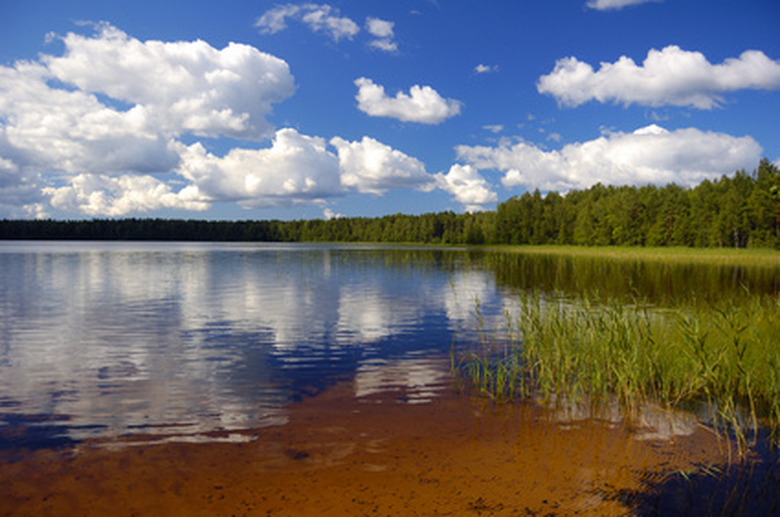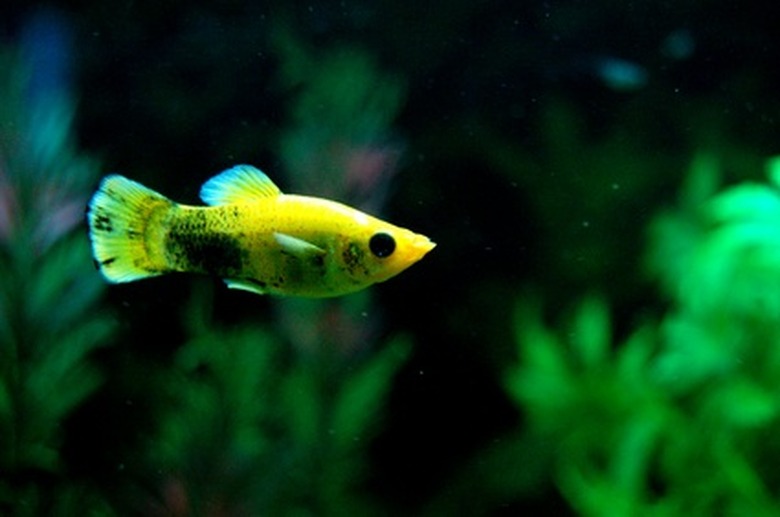What Affects The Growth Of Elodea In Water?
Elodea is a popular, perennial water plant that grows easily in lakes, ponds, rivers, streams and aquariums worldwide. It is ideal for scientific studies in biology and research about water habitats and ecosystems. It grows stalks of leaves that bloom in warm temperatures. Elodea is water pollinated and self-propagating. In the right conditions, it can quickly grow out of control, and in some parts of Europe it is considered a pesky water weed.
Step 1
Elodea requires plenty of light to grow. Outside bodies of water with ample sunlight grow thick bushes of elodea. They become part of natural habitats for aquatic animals and fish. Elodea's density makes a perfect hiding place from predators. Sunlight is ideal for growing elodea, but artificial light works well, too. Large tanks of elodea do best with fluorescent lighting, while small tanks can thrive with a single lightbulb.
Space
Step 1
Elodea multiplies readily and requires plenty of space to thrive. In the right conditions, 2 inches of growth per day are not uncommon. Thinning plants and pinching them back often promotes growth, keeping them healthy and bushy.
Step 2
- Elodea requires plenty of light to grow.
Soil
Step 1
Elodea grows best in loose soil composed mainly of sand and gravel. The "mobility" of the soil allows elodea to root itself, making new plants, as it breaks off and floats in the water. Dense soils tend to inhibit growth. Maintain moderate elodea growth with a balanced mixture of clay and sandy soil.
Water Temperature
Step 1
Elodea thrives in moderate temperatures. Extreme cold causes it to die off; extreme heat interrupts its chemical balance, encouraging disease and pests to inhibit growth. Lighting plays a factor in maintaining water temperature. Adjust outdoor water temperature by adding or subtracting shade plants and trees; monitor indoor aquariums as necessary.
Step 2
- Elodea grows best in loose soil composed mainly of sand and gravel.
Other Species
Step 1
Fish, snails, plants and other small aquatic animals and insects oxygenate and fertilize elodea. Working together, they keep the environment clean in their ecosystem. Fish eat plants and insects, often helping elodea break off and propagate. Birds swoop down to catch fish, pinching elodea and thinning it out naturally. Elodea grows best in a healthy, well-balanced habitat.




